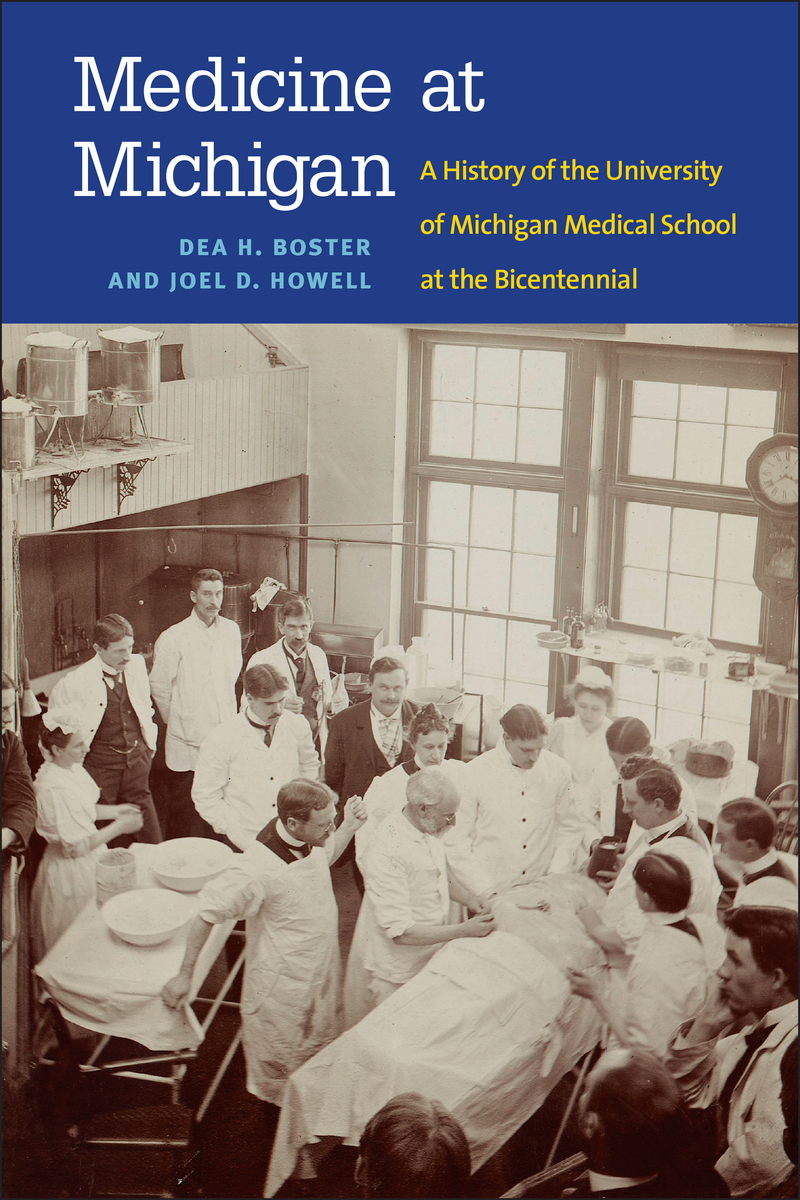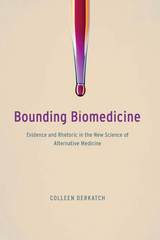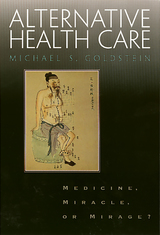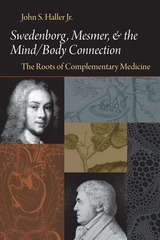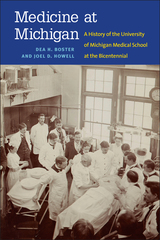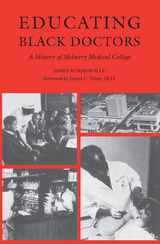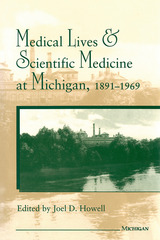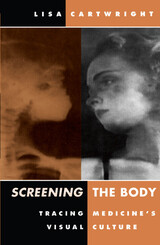Medicine at Michigan: A History of the University of Michigan Medical School at the Bicentennial
University of Michigan Press, 2017
eISBN: 978-0-472-12342-1 | Cloth: 978-0-472-13061-0
Library of Congress Classification R746.M45
Dewey Decimal Classification 610.711774
eISBN: 978-0-472-12342-1 | Cloth: 978-0-472-13061-0
Library of Congress Classification R746.M45
Dewey Decimal Classification 610.711774
ABOUT THIS BOOK | AUTHOR BIOGRAPHY | REVIEWS | TOC | REQUEST ACCESSIBLE FILE
ABOUT THIS BOOK
A trailblazer in American medical education since 1850, the Medical School at the University of Michigan was the first program in the United States to own and operate its own hospital and the earliest major medical school to admit women. In the late nineteenth century, the School emerged as a frontrunner in modern scientific medical education in the United States, and one of the first in the nation to implement both required clinical clerkships and laboratory science as part of their curriculum, including the first full laboratory course in bacteriology. Decades later, the Medical School remained at the vanguard of medical education by increasing its focus on research, and these efforts resulted in world-changing breakthroughs such as field-testing the first safe polio vaccine, proposing a genetic mechanism for sickle cell anemia, inventing the fiber-optic endoscope, and cloning the gene responsible for cystic fibrosis. The Medical School’s history is not without its growing pains: alongside top-tier education and incredible innovation came times of stress with the broader University and Ann Arbor communities, complex expectations and realities for student diversity, and many controversies over curriculum and methodology. Medicine at Michigan explores how the School has dealt with changes in medical science, practice, and social climates over the past 150 years and illuminates the complicated interactions between economic, social, and cultural trends and medical education at the University of Michigan and across the nation. This book will appeal to readers interested in the history of medicine as well as current and former medical faculty members, students, and employees of the University of Michigan Medical School.
See other books on: Education & Training | Hospital Administration & Care | Howell, Joel D. | Medical | Midwest (IA, IL, IN, KS, MI, MN, MO, ND, NE, OH, SD, WI)
See other titles from University of Michigan Press
